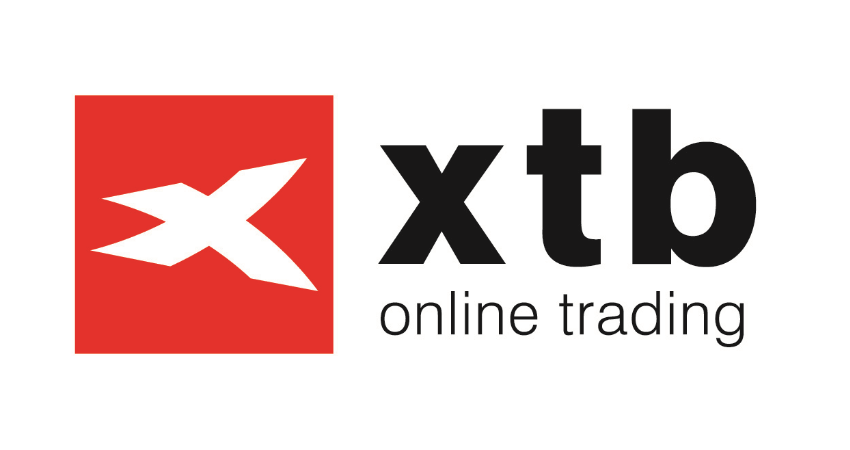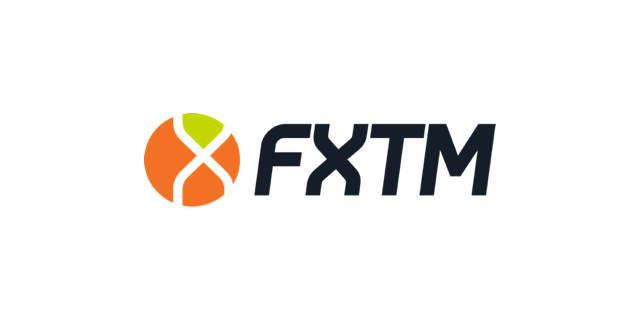Trading the US Dollar
The US Dollar is sometimes known as the Greenback, and has the Forex code USD. It is the domestic currency of the United States, which has the world’s biggest economy. It is also, however, used by many other smaller countries as their legal tender, and many other nations peg their currencies to the value of the Dollar as well. It is the world’s most popular reserve currency, and is also a benchmark that trades against all other world currencies, but especially the British Pound Sterling, the Japanese Yen and the Euro. The US Dollar is regulated by the Federal Reserve System (“the Fed”), America’s central bank, which was formed by the Federal Reserve Act in 1913. The Federal Reserve is led by a chairman and a board of governors with responsibility for supervising monetary policy, interest rates and open-market operations. The FOMC meets eight times a year to discuss the economic situation and to decide on the policies to be implemented.
| Broker | Bonus | More |
|---|
The History of the Greenback

The Economy of the United States
The US has the largest national economy in the world in nominal terms, and the second greatest according to its PPP. It represents 22% of global nominal GDP as well as 17% of GWP. The GDP of the United States is around $18 trillion, so it is easy to see why the USD is the most popular currency for international financial transactions, as well as being the foremost reserve currency among international banks. The economy of the United States is mixed with a stable overall growth rate of GDP. The country has only moderate rates of unemployment and this, twinned with high capital investment and levels of research, contributes to the nation’s reputation for economic stability. America’s major trading partners include Canada, Mexico, China, Japan, South Korea, Germany and the UK. The country has a large amount of natural resources as well as high productivity and a strongly developed infrastructure, and boasts the ninth-highest GDP per capita in the world. Since the 1890s, America has had the largest national economy worldwide. The United States uses more natural gas and oil than anywhere else in the world, and it is also one of the globe’s biggest trading nations, as well as the second-biggest manufacturer in the world, being responsible for 20% of the globe’s manufacturing output. The service industry is also essential to the American economy, with 128 of the world’s 500 biggest companies choosing to base their headquarters in the country. America has the world’s biggest consumer market as well as the world’s highest net migration rate. Despite a recent economic downturn after the 2007–2008 financial crisis, the American economy has recently begun to recover.
Factors That Drive the American Economy
There are many factors that play a key role in determining the value of the US Dollar. These include the following:
- Supply and demand – When the United States exports its services or goods it creates demand for the USD, and when the US economy is growing in strength, more overseas investors desire to own corporate stocks in US companies.
- Market Psychology and Sentiment – If the US economy appears to be weakening, this may cause investors to doubt the value of the USD and to sell their assets. This will cause the value of the Dollar to drop even further.
- Technical Factors – Investors pay close attention to economic data releases and news announcements in order to gauge the interest in the currency, and its relative value on the Forex market. Key indicators and statistics include GDP and payroll data, as well as employment figures and other relevant information regarding political, social and environmental happenings that could affect the value of the currency.
Other Major Forex Currencies
Related Articles






